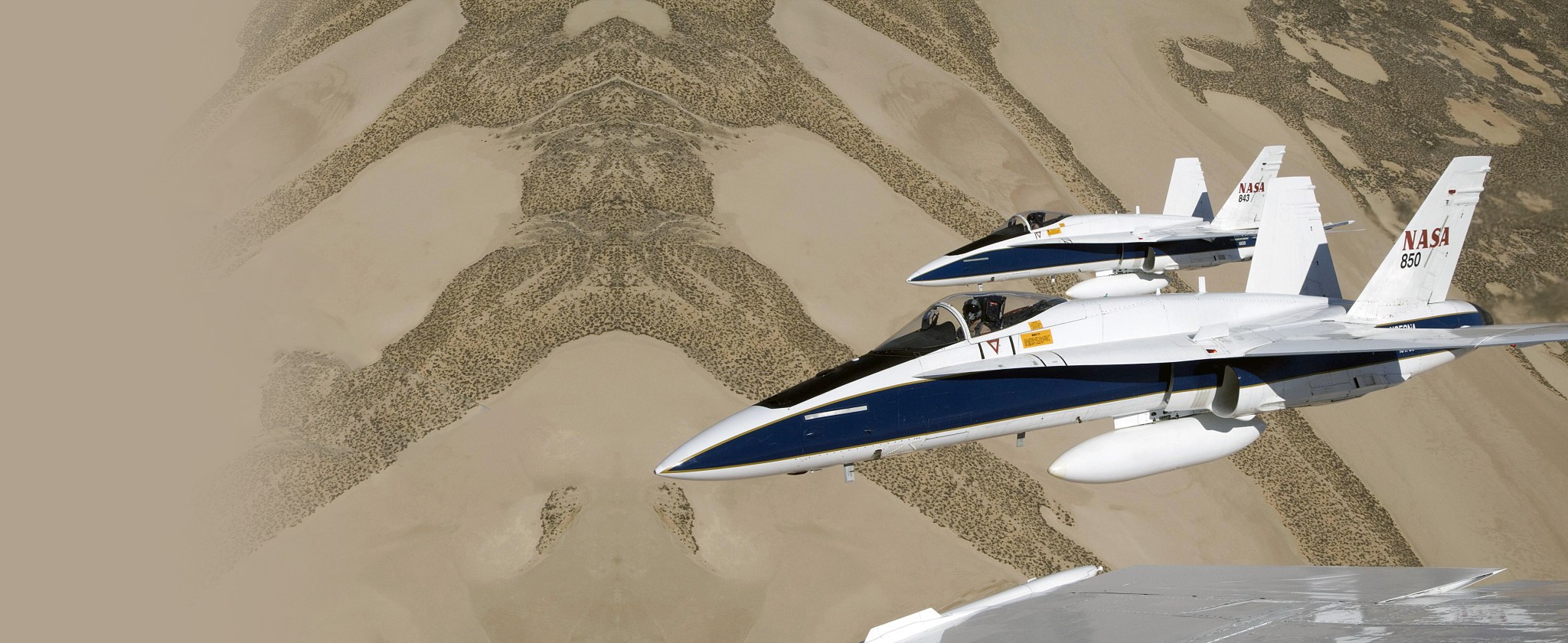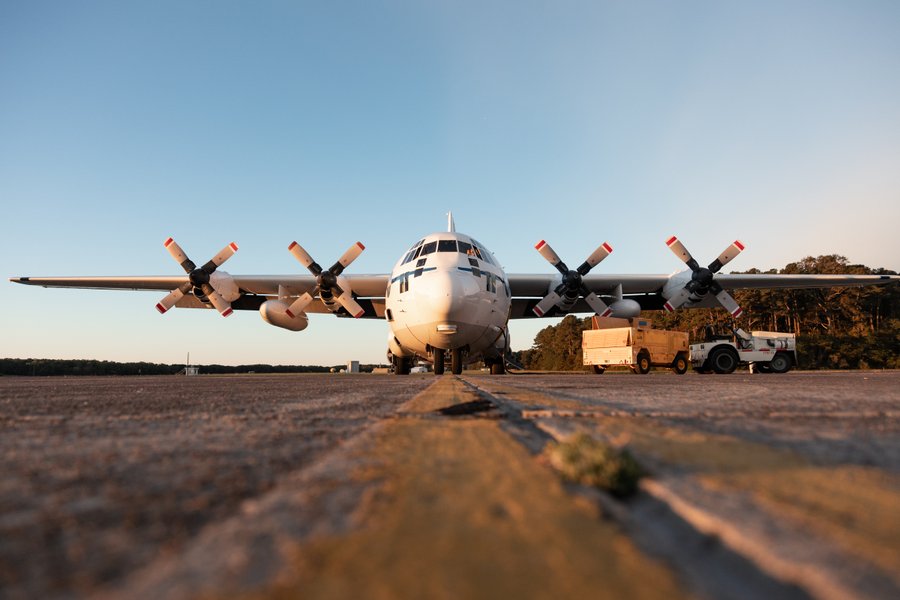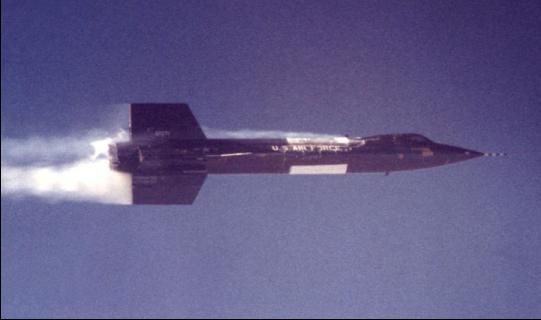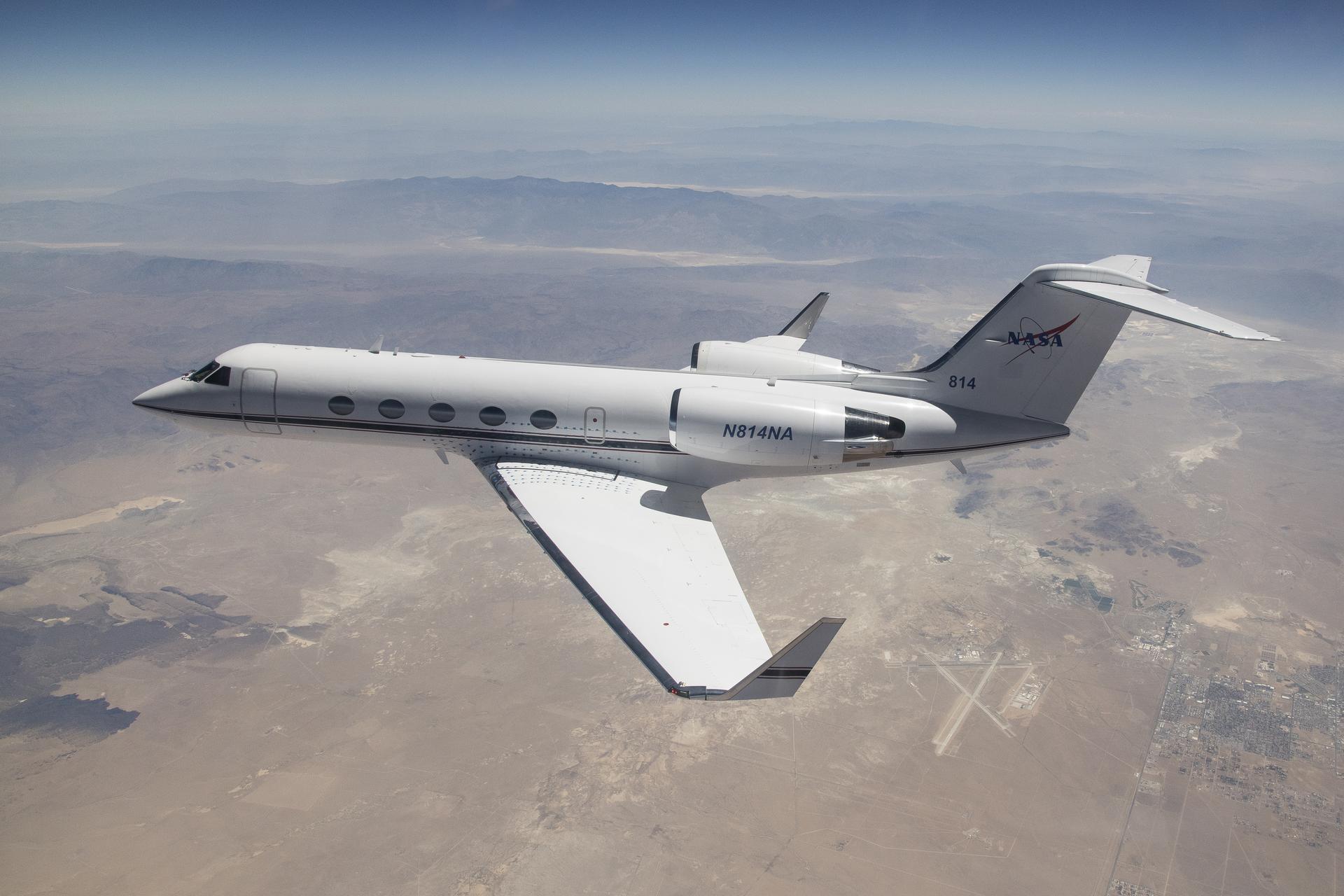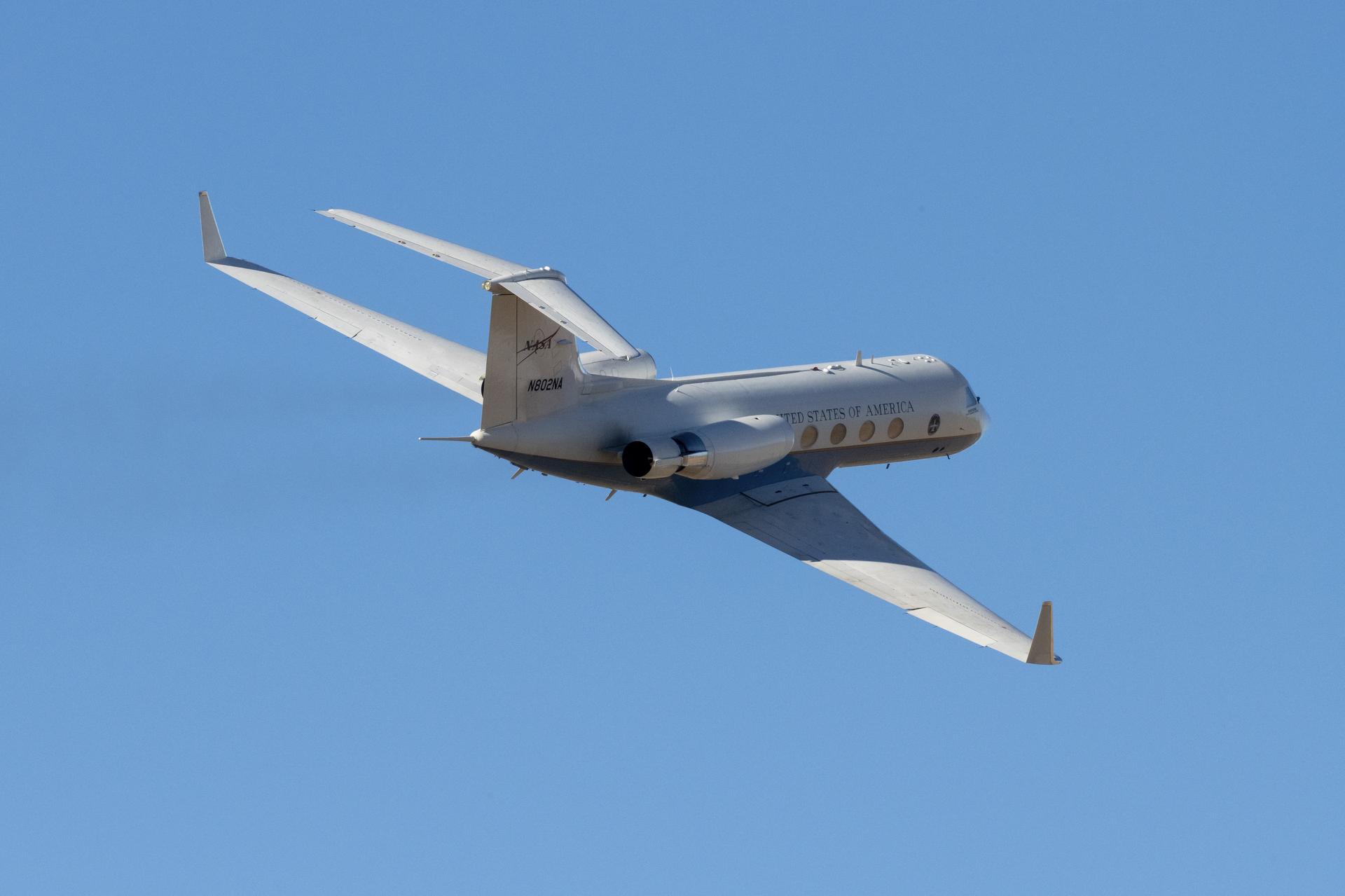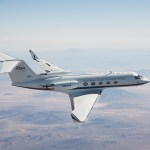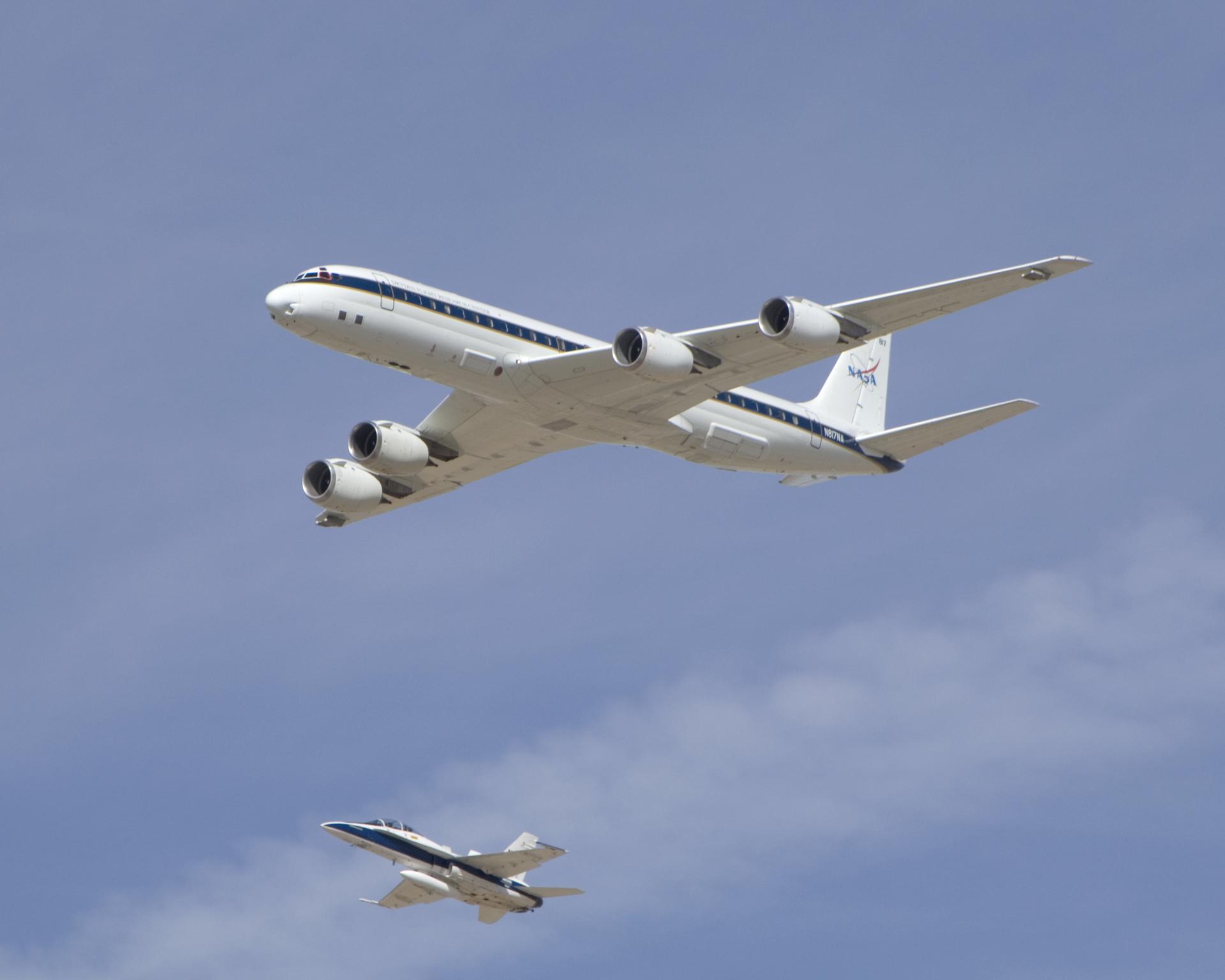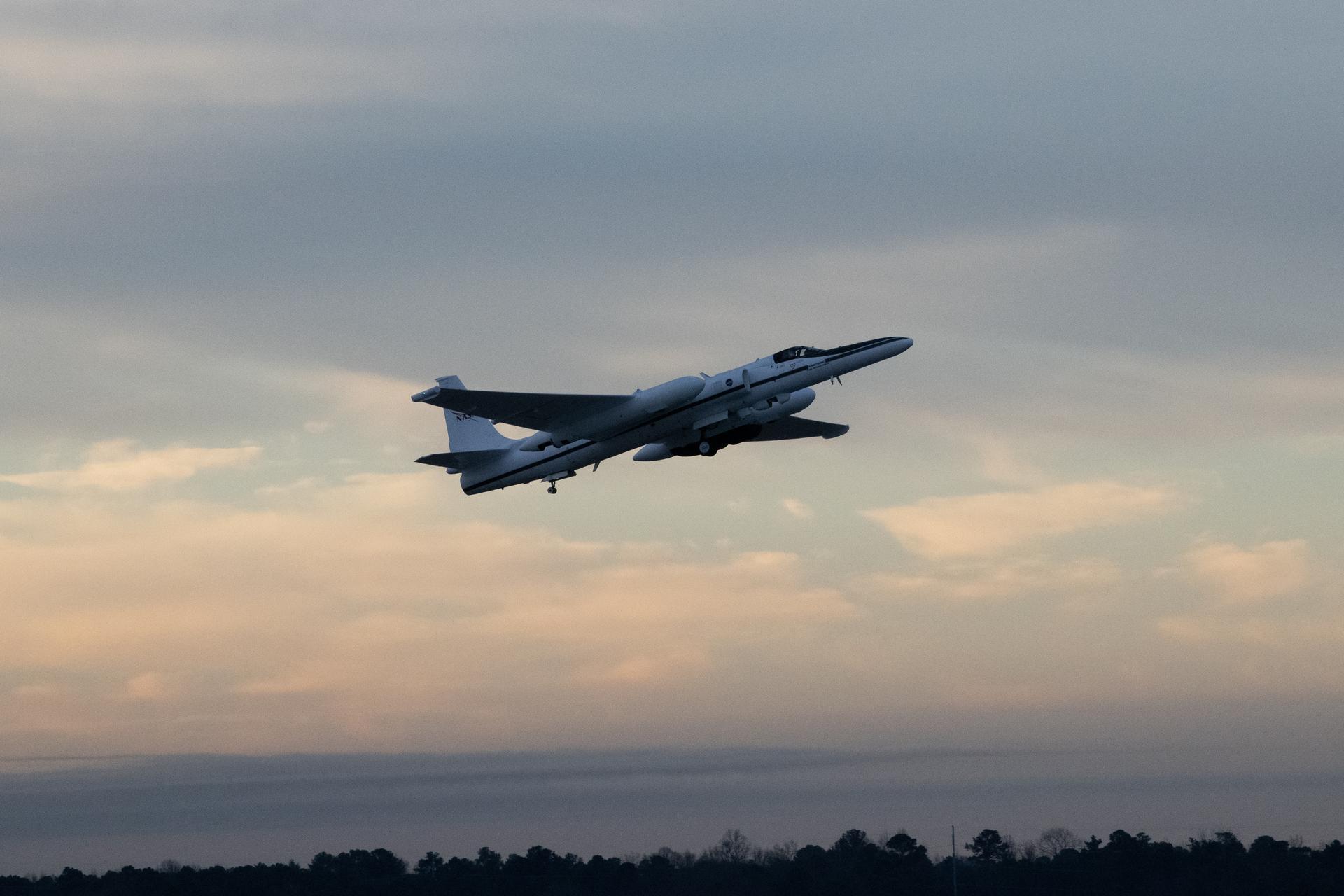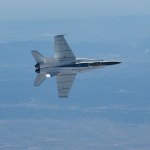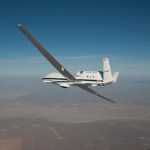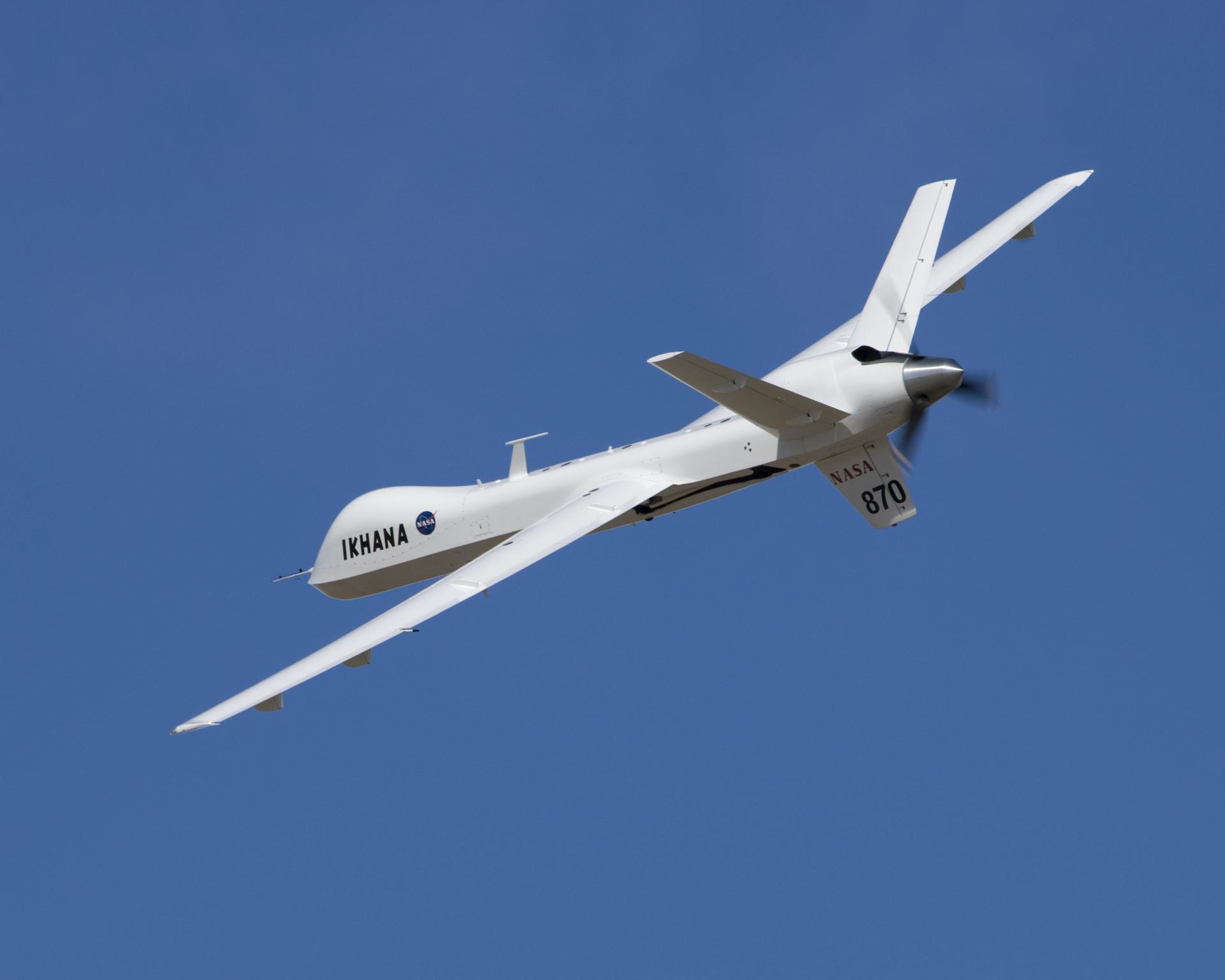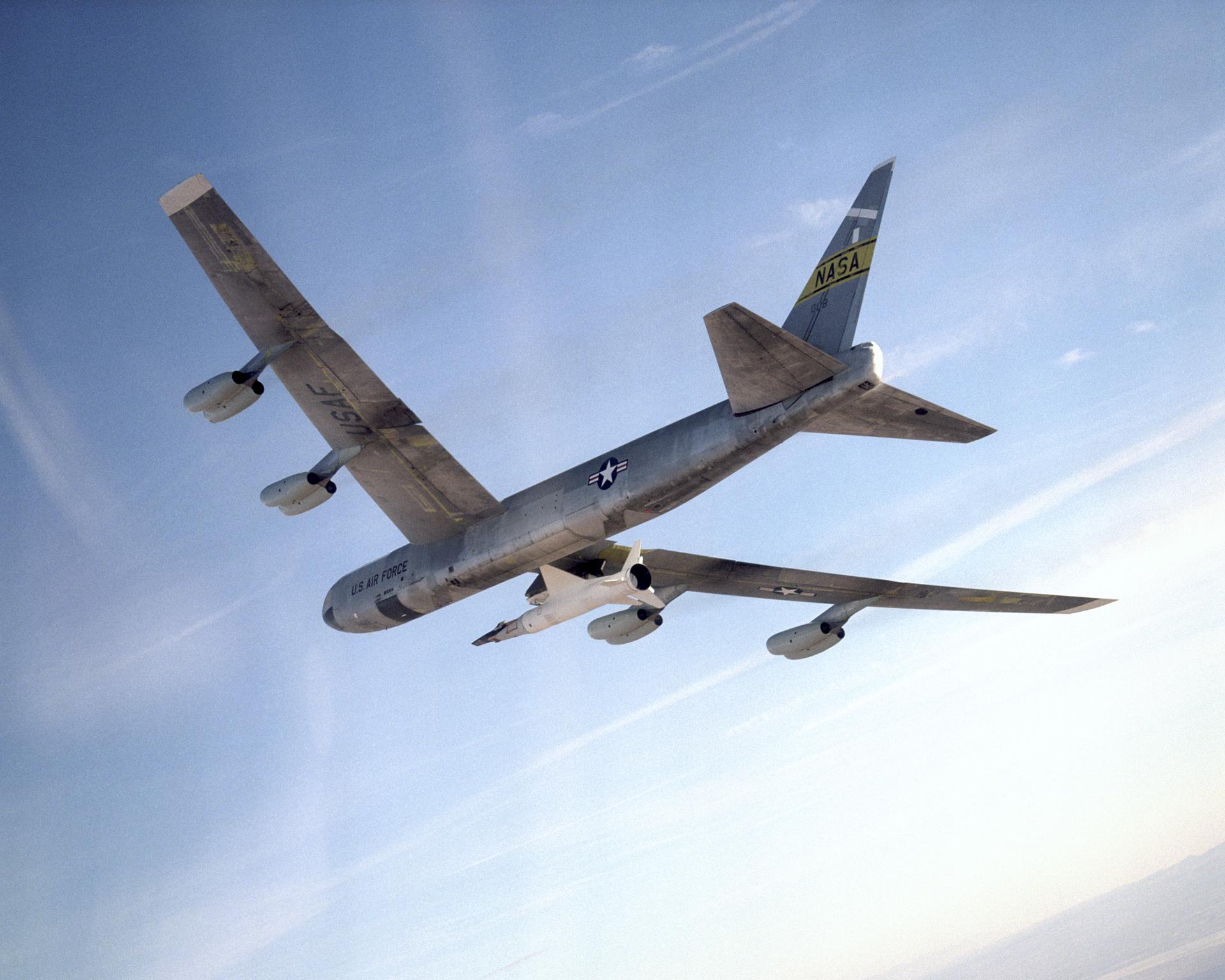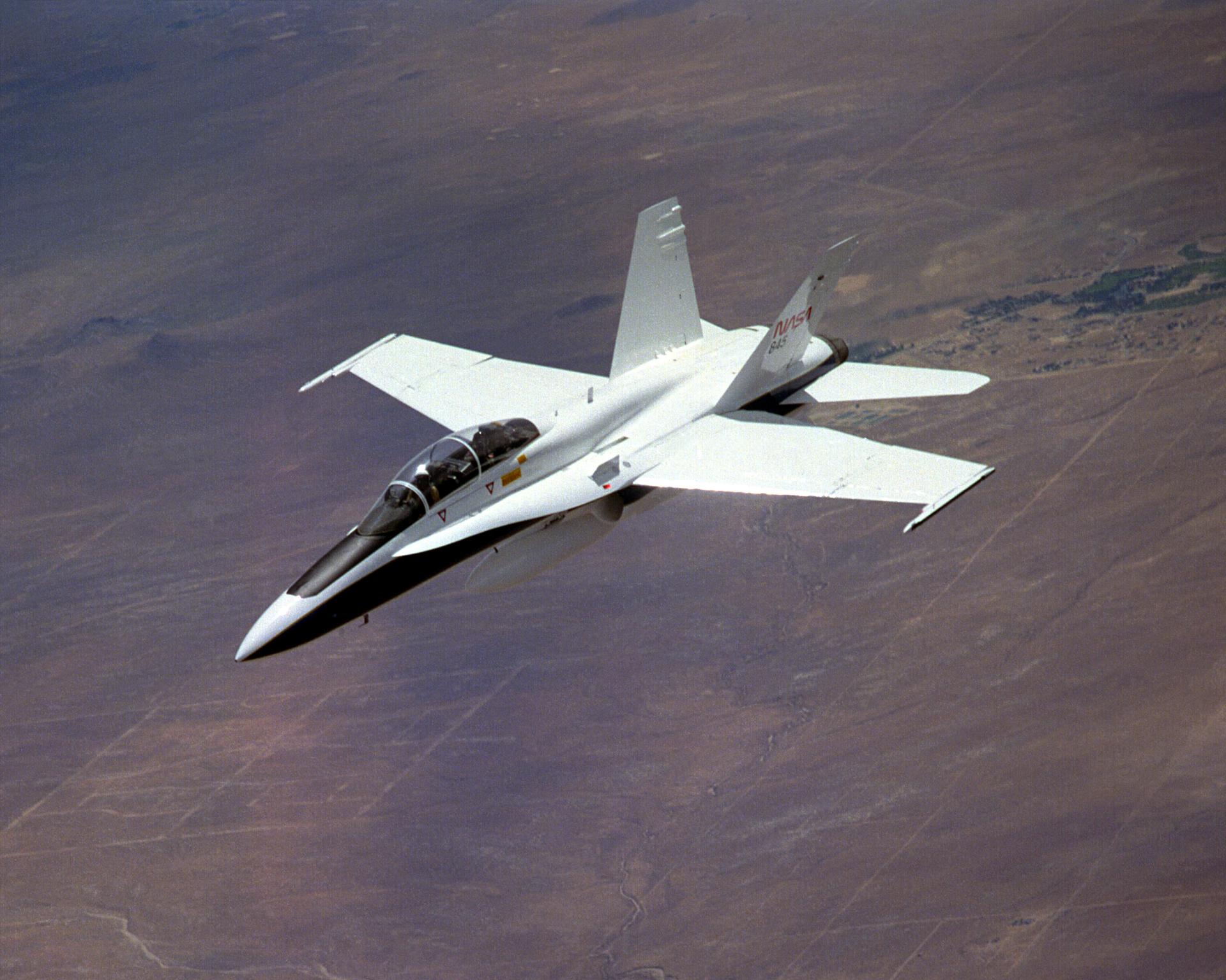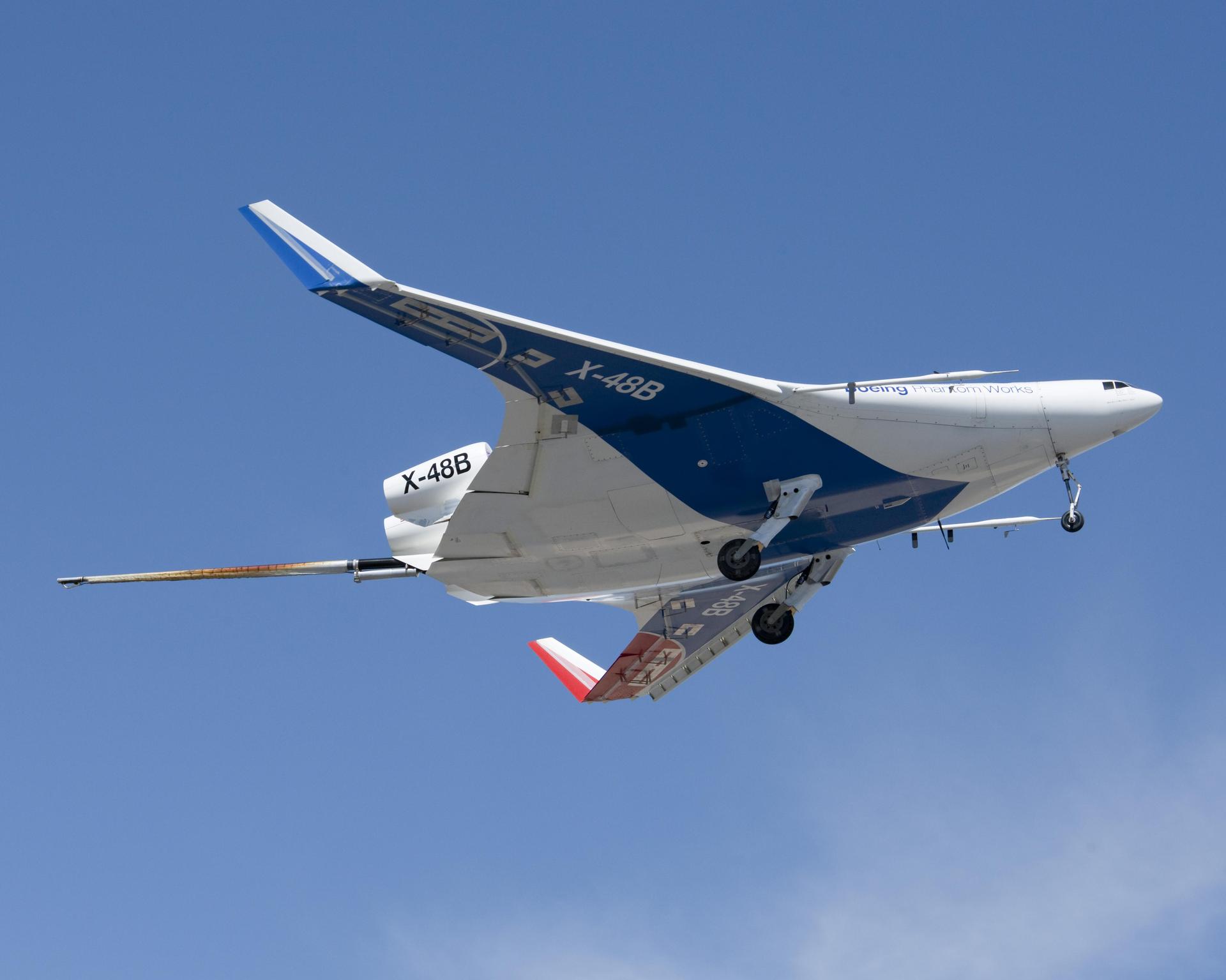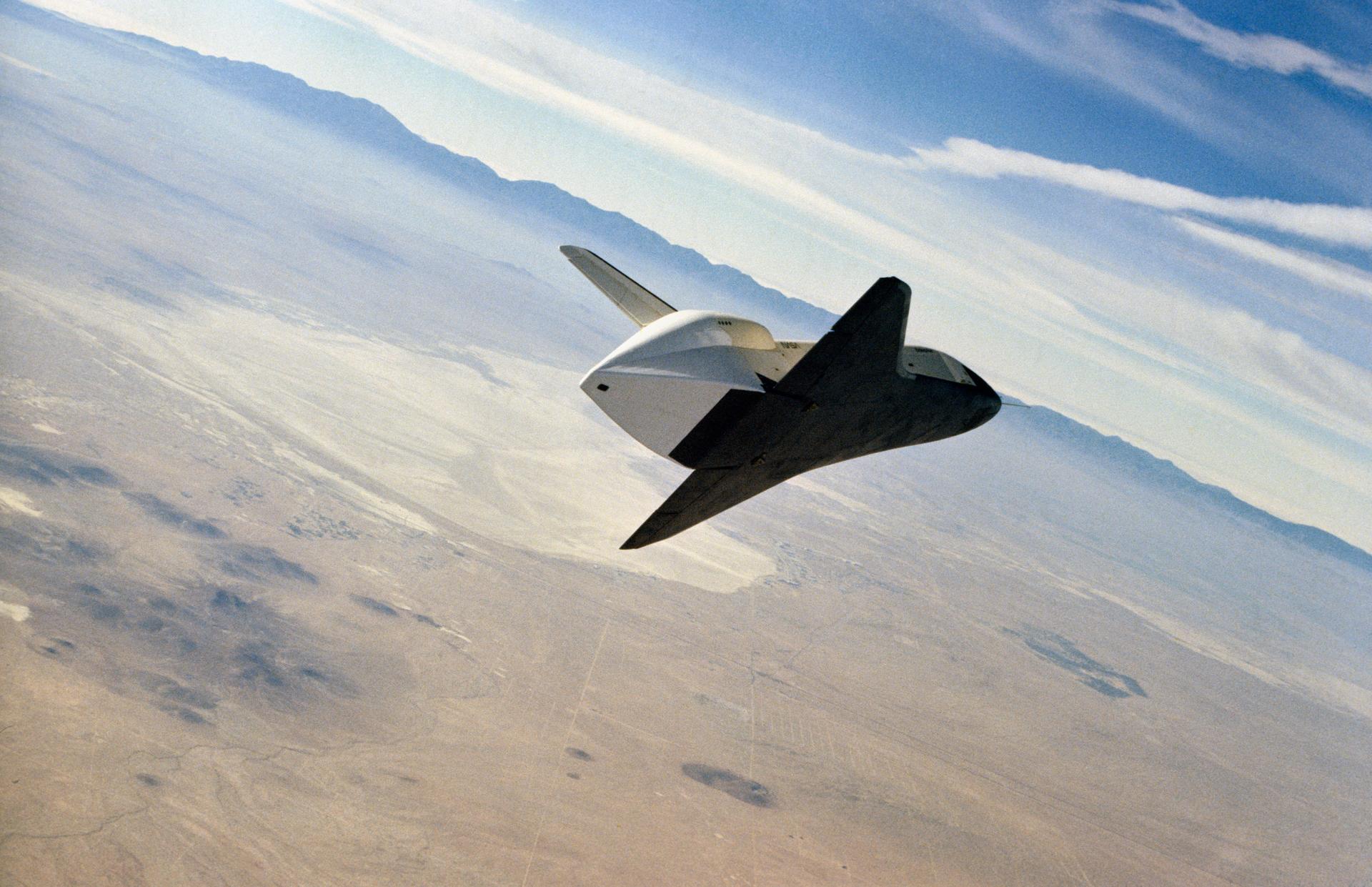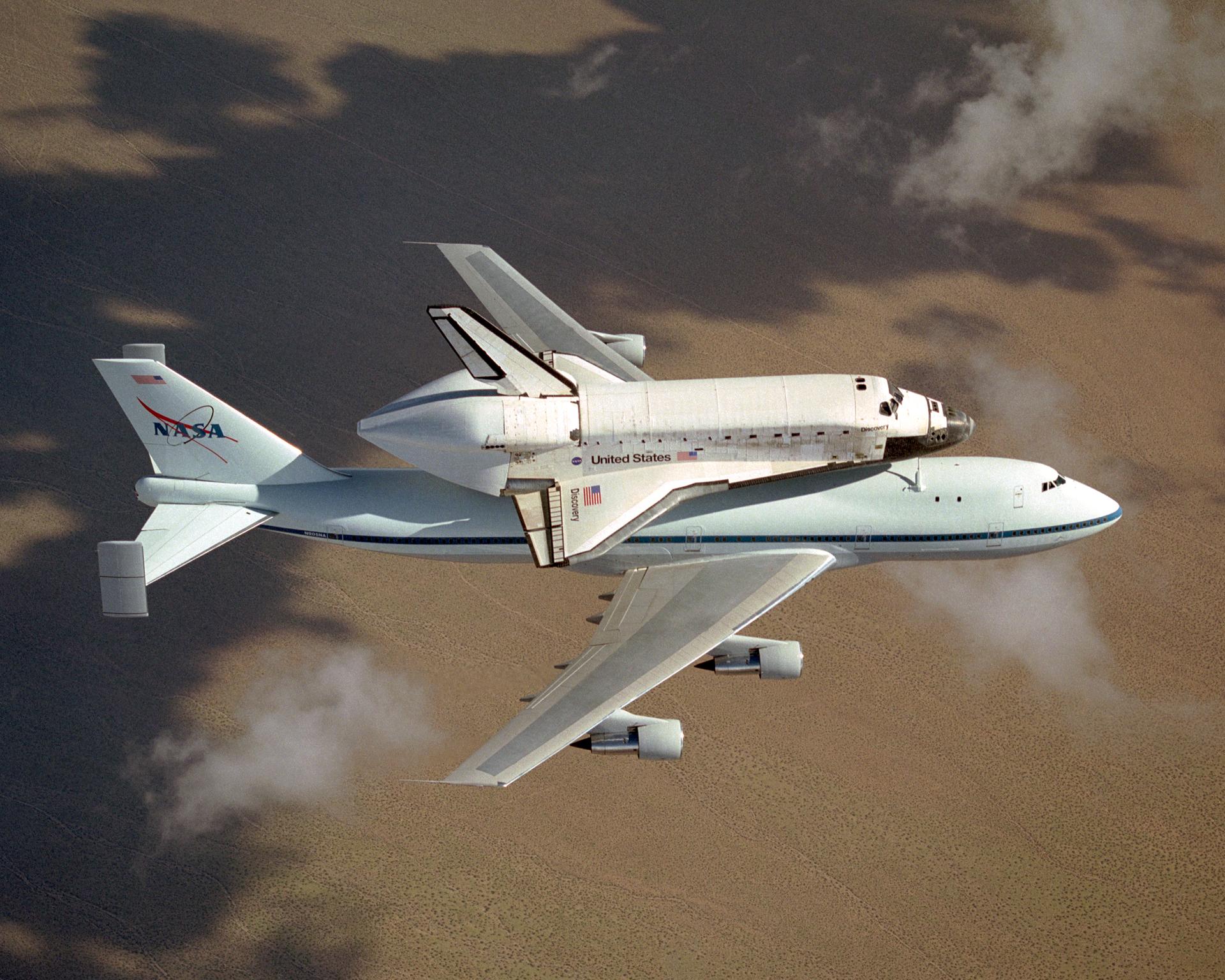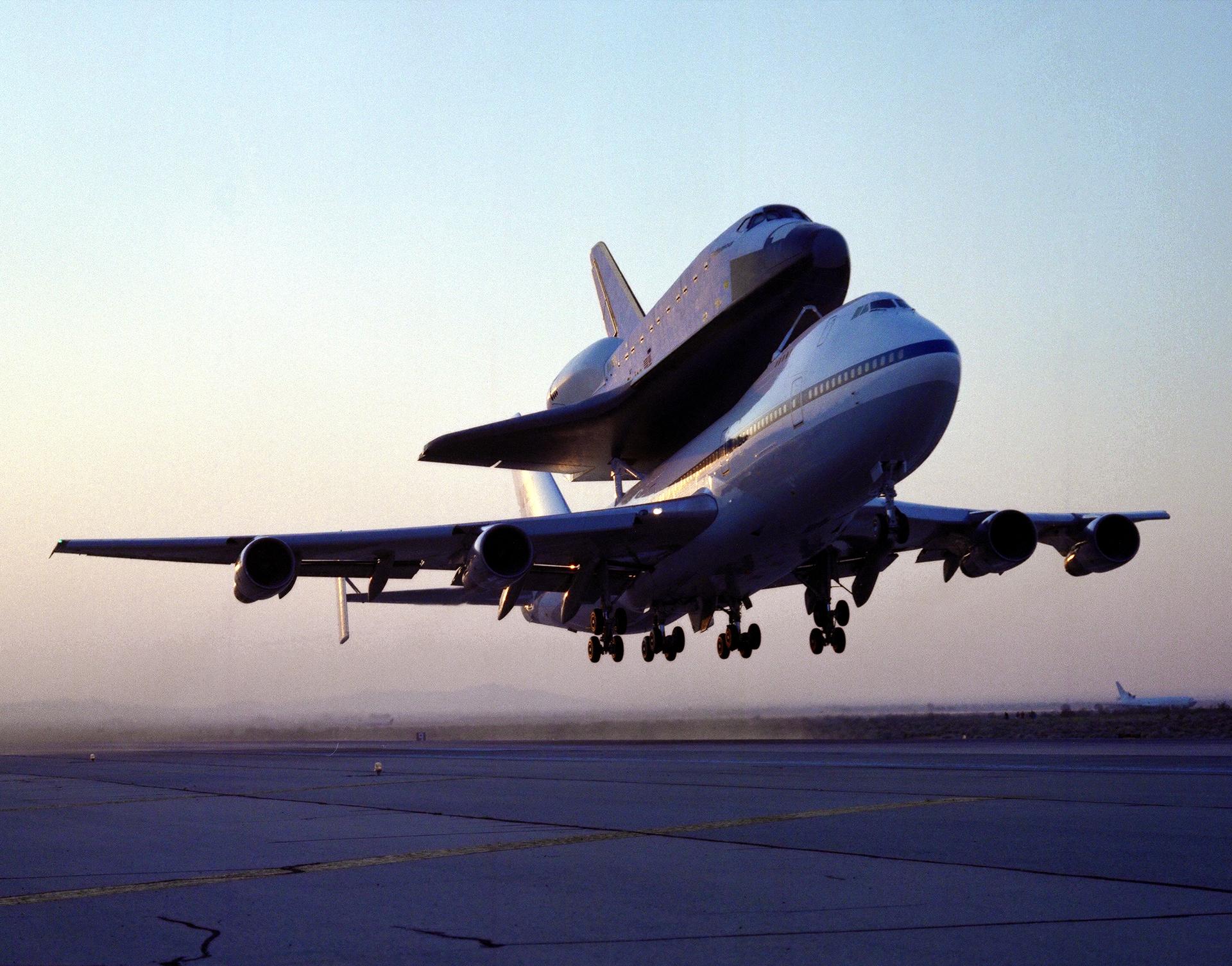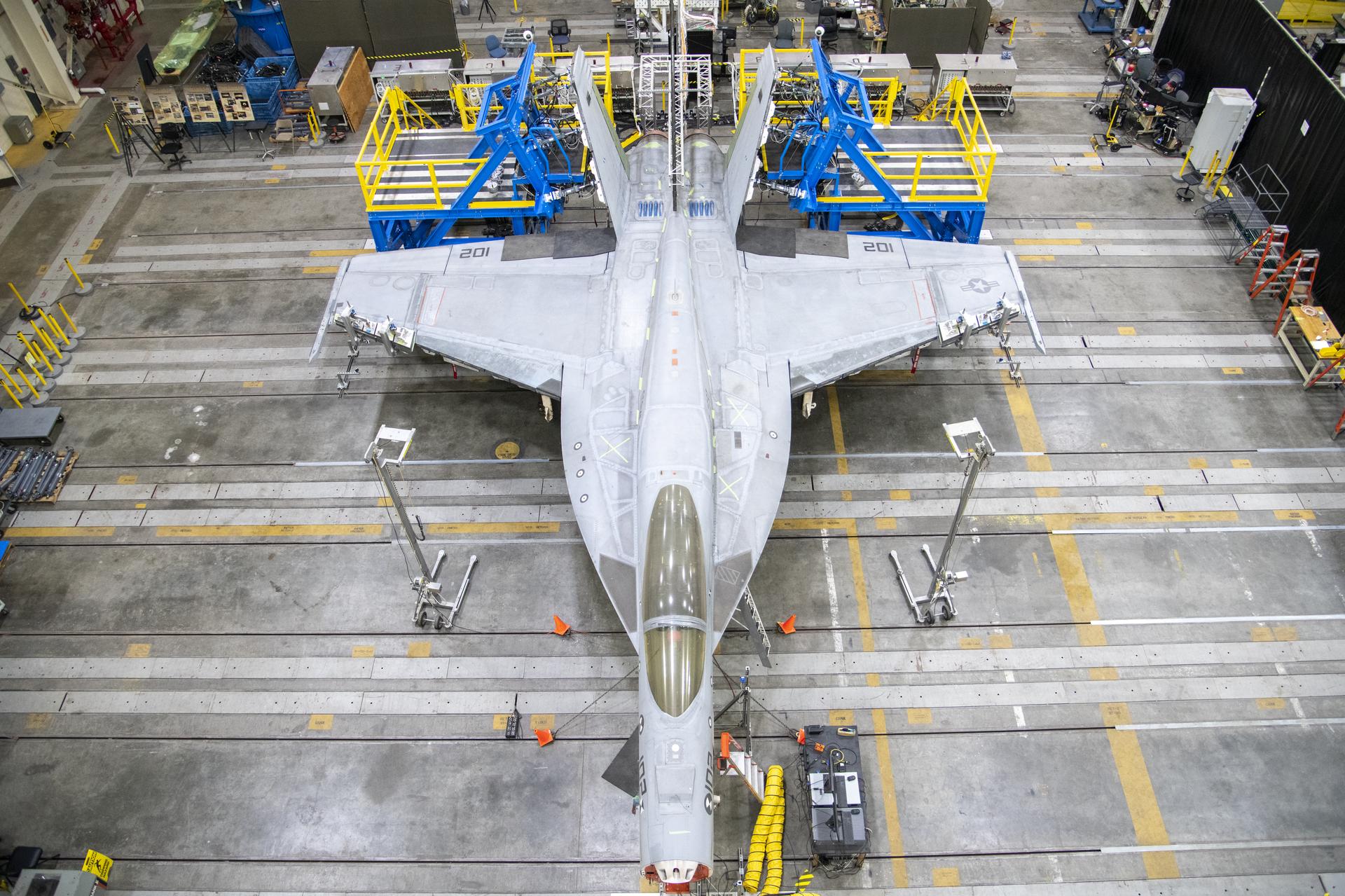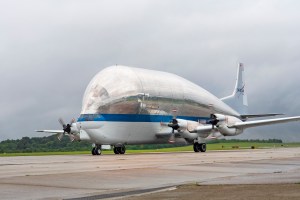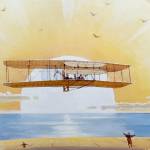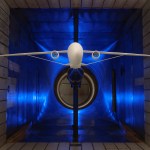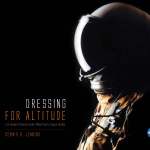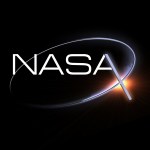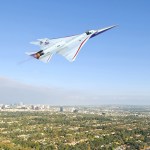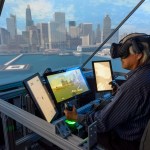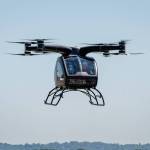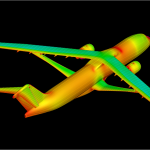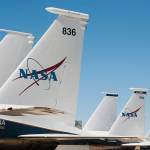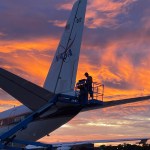Current NASA X-Planes
Since the X-1 broke the sound barrier in 1947, X-plane research has resulted in some of the most important and historic developments in flight. That tradition continues today with NASA's current stable of X-planes, each uniquely designed and capable of providing research to help transform specific areas of aviation for the 21st century.
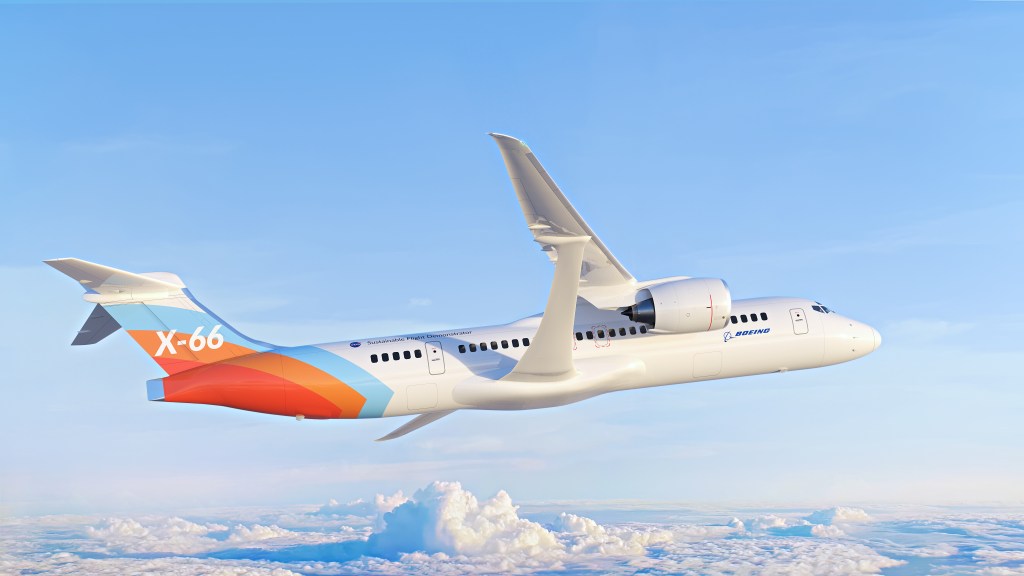
X-66
To be built in partnership with Boeing, the X-66 will serve as NASA's Sustainable Flight Demonstrator. The goal is to showcase a new aircraft configuration that will help the aviation community achieve net zero greenhouse gas emissions by 2050.
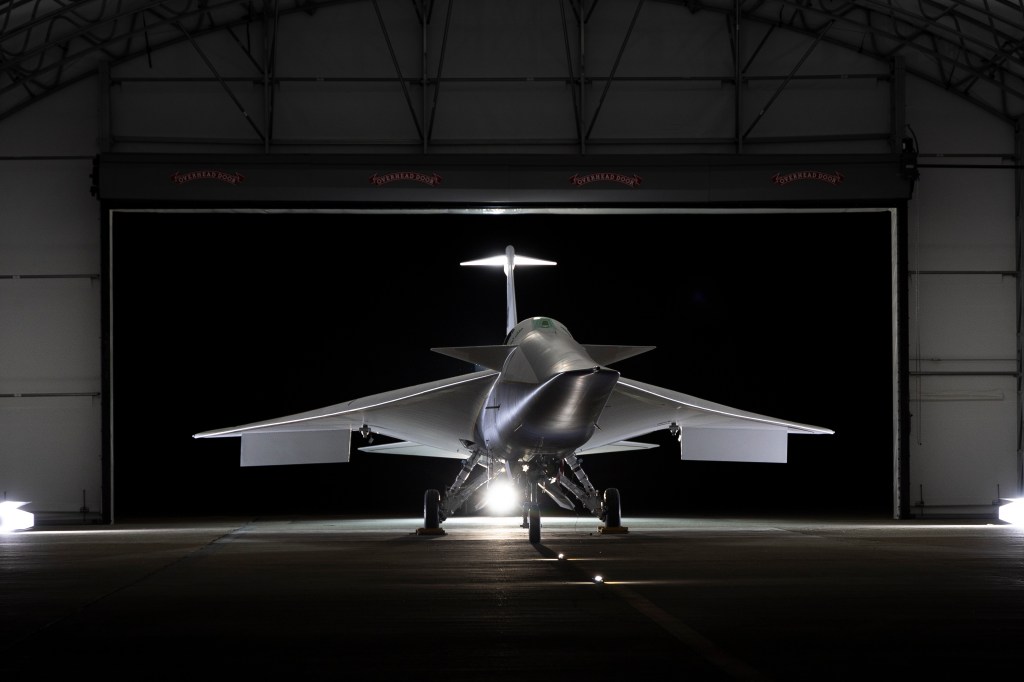
X-59
Built under contract by Lockheed Martin, the X-59 is the centerpiece of NASA's Quesst mission to collect data that could make commercial supersonic flight over land possible, dramatically reducing air travel time in the United States or anywhere in the world
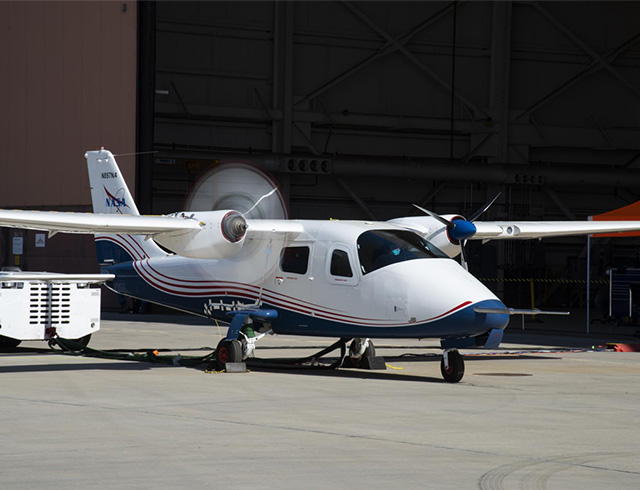
X-57
Built by modifying an Italian Tecnam P2006T to be powered by an electric propulsion system, since 2016 the X-57 project has shared lessons learned about battery technology, electromagnetic interference, motor controller design, and so much more.
aircraft Flown at armstrong FLIGHT RESEARCH CENTER
Johnson Space Center
The Houston-based space center plays host to a number of NASA aircraft that are used for astronaut training and flight proficiency, transport of oversized cargo, and hosting airborne science investigations of planet Earth.
Read About the JSC Aircraft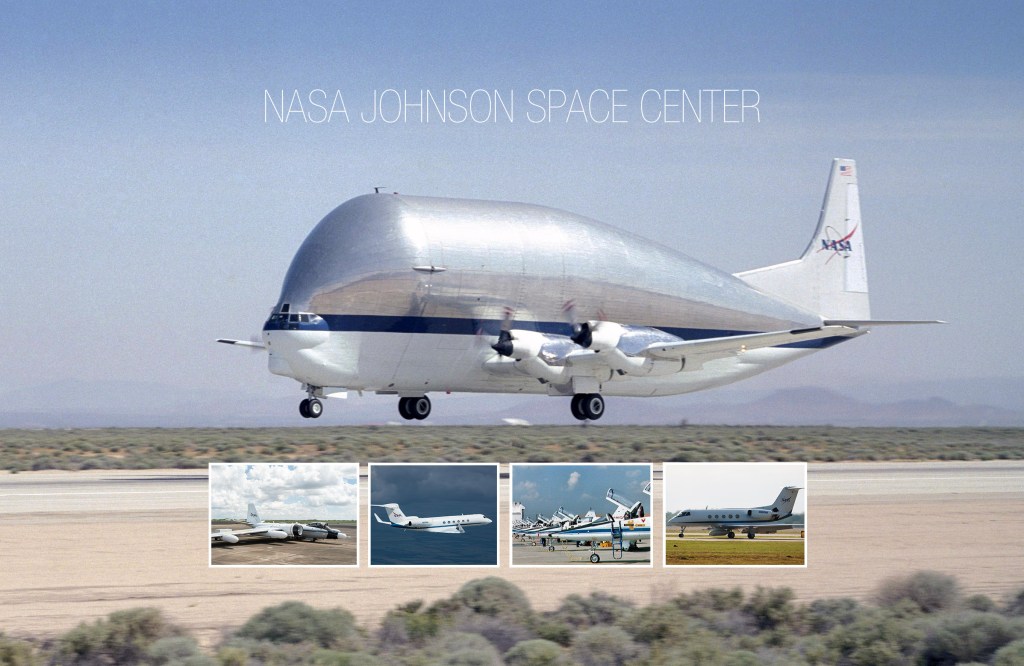
Airborne Science Program
NASA's Airborne Science Program, located within the Earth Science Division, is responsible for providing aircraft systems that further science and advance the use of satellite data. A number of NASA aircraft stationed at field centers around the country are available to support the program.
See the List of NASA Aircraft Involved



























